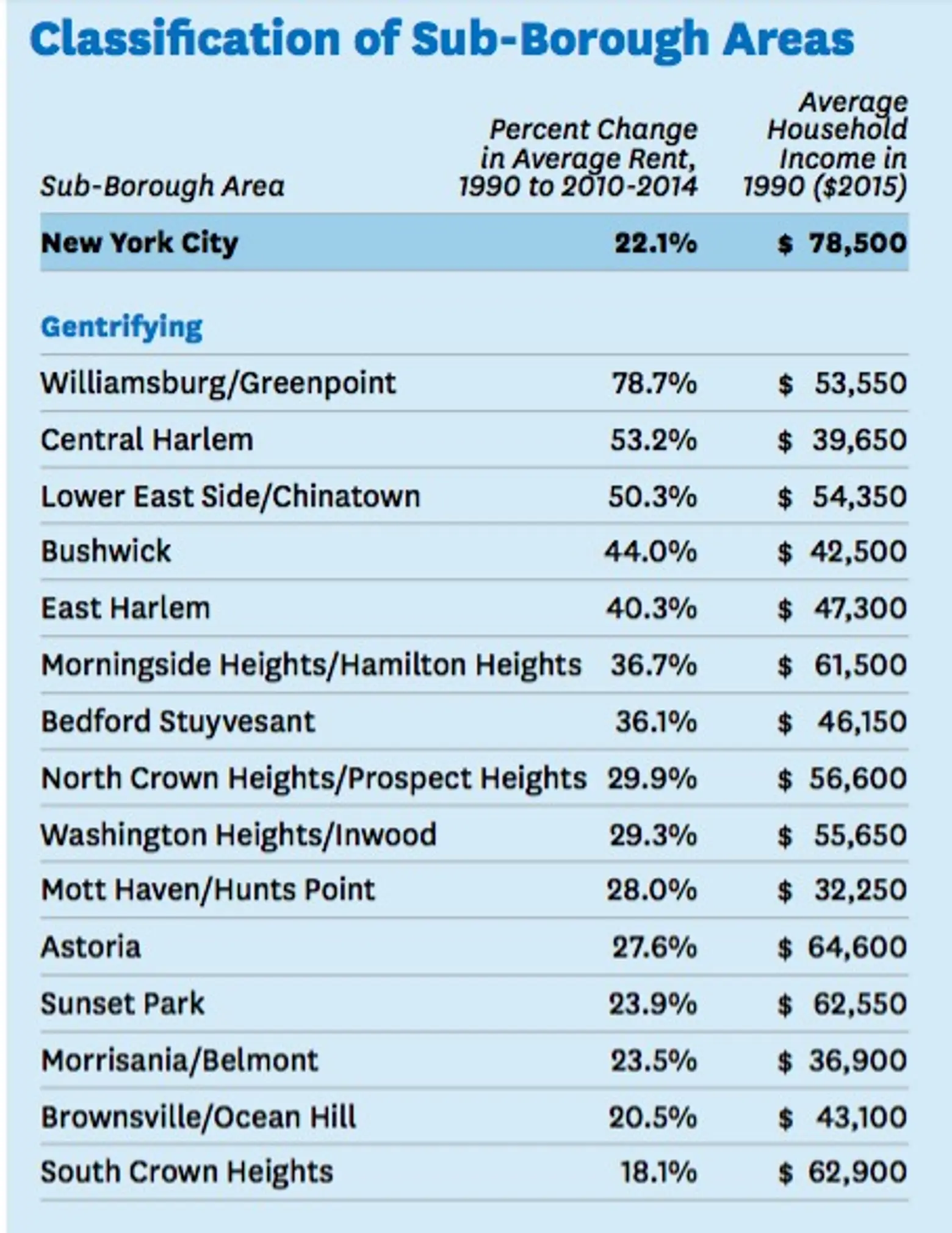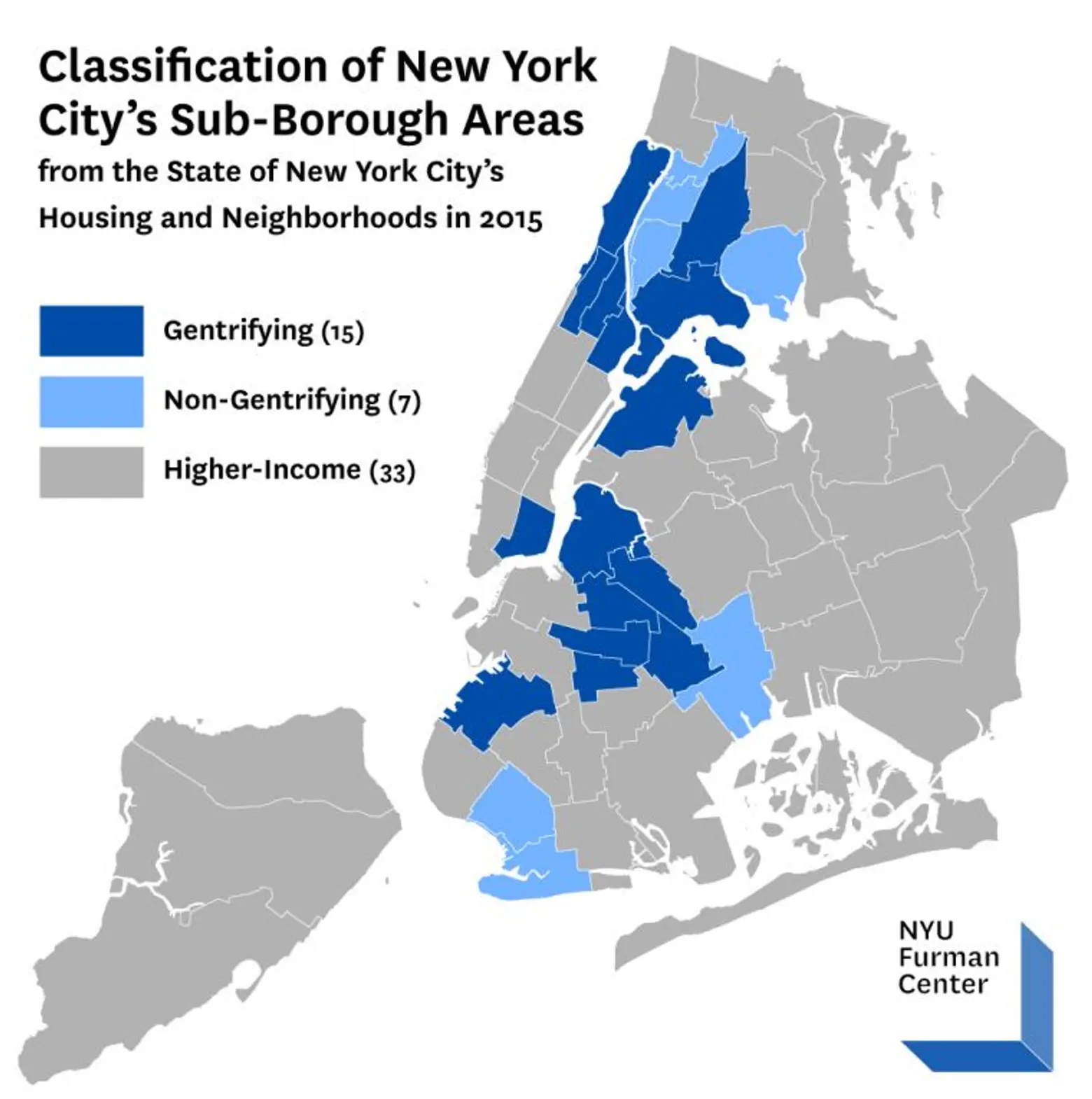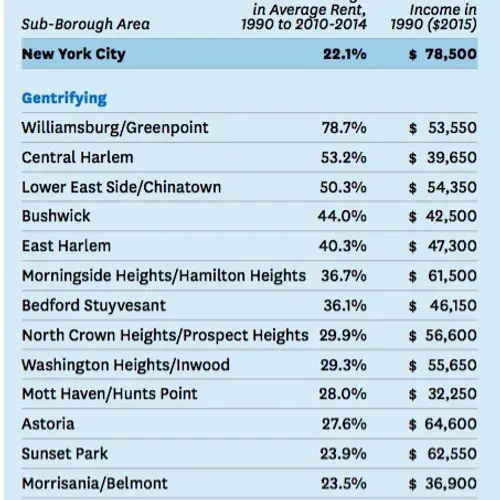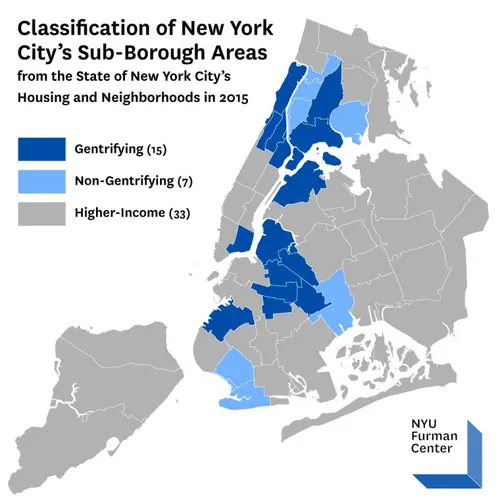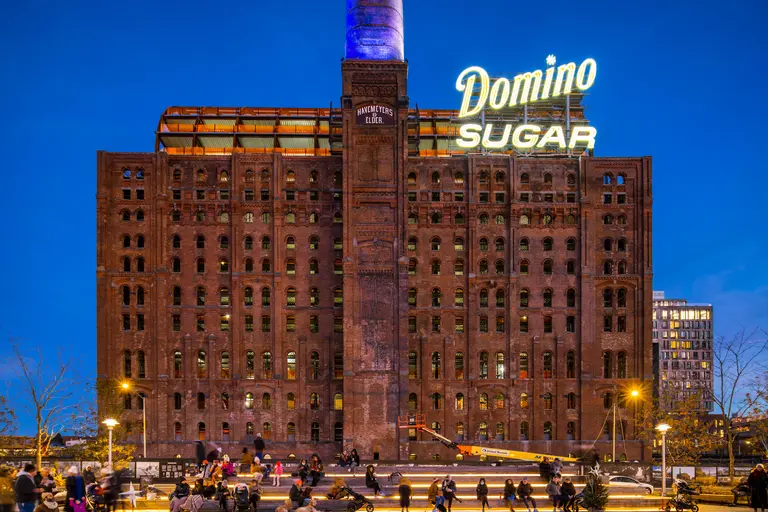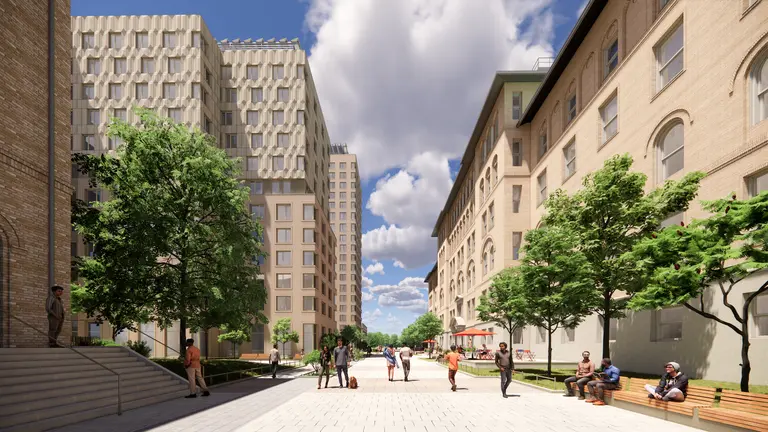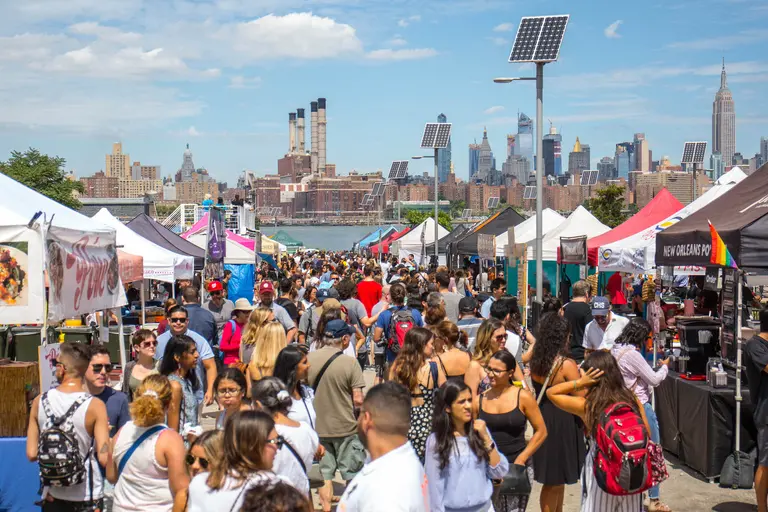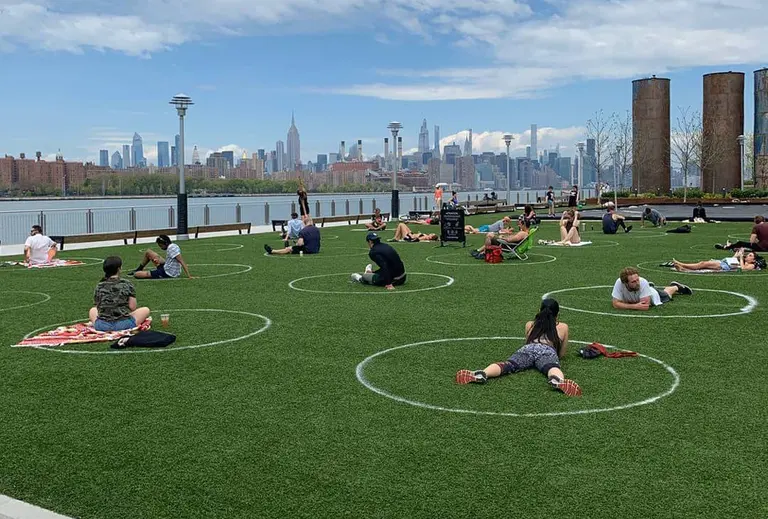Williamsburg Unsurprisingly Tops List of NYC’s 15 Fastest Gentrifying Neighborhoods
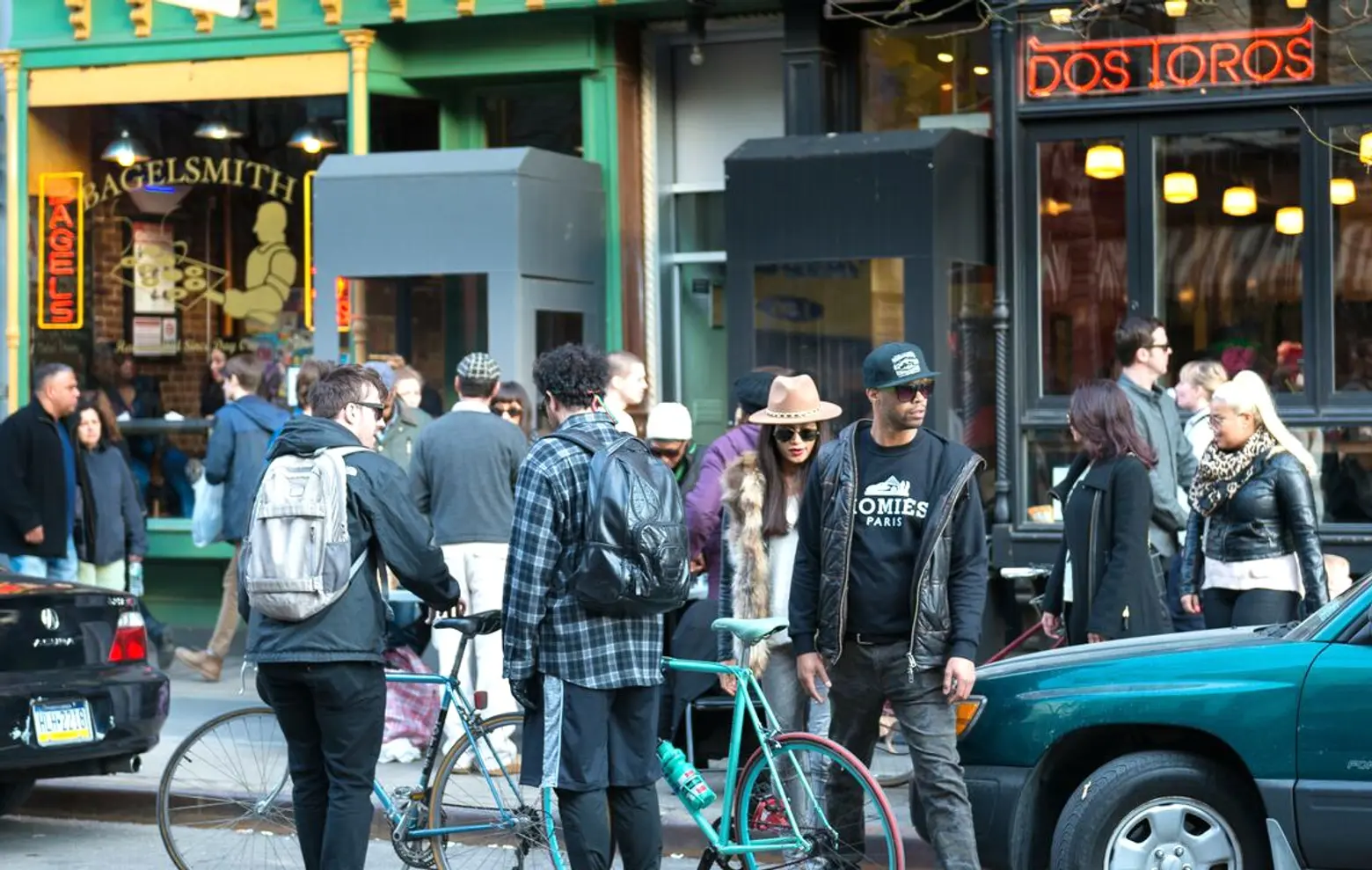
Williamsburg has become the poster child for the hipsterfication of Brooklyn and NYC gentrification in general, but behind the beards and beet smoothies are actual facts to back it up. NYU’s Furman Center released a report that identifies the city’s 15 gentrifying neighborhoods, out of 55 total, and finds that Williamsburg/Greenpoint comes in at number one (h/t DNAinfo).
Of course, it’s difficult to define gentrification, but the study looks at areas that were relatively low-income in 1990 (among the bottom 40% in the city), but experienced higher rent growth over the past 20 years than other neighborhoods, a trend that the Furman Center feels is of “greatest concern in lower-income neighborhoods.” Williamsburg and Greenpoint had a startling 78.7 percent jump in rent over this time period, followed by Central Harlem at 53.2 percent and Chinatown/Lower East Side at 50.3 percent.
In addition to rents, the report found that gentrifying areas had rising incomes, jumping by about 14 percent between 1990 and 2014, compared to eight percent in “non-gentrifying” places like East New York and Kingsbridge and “higher income” places like Greenwich Village and Carroll Gardens. Gentrifying neighborhoods have also seen more young adults move in, specifically those who are college-educated, white, and living alone or with roommates.
Between 2000 and 2010, one third of the city’s new housing units were added in the 15 gentrifying neighborhoods, though they only accounted for 26 perfect of the total population. And in these communities, rent-burdened, low-income households increased by 21 percent. Ingrid Gould Ellen, faculty director of the NYU Furman Center, explained the usual issues with the trend: “As demand grows and neighborhoods become more economically and racially integrated, long-time residents may benefit from new neighborhood amenities, reduced crime rates and higher housing values. However, rising rents threaten the long-run diversity of these communities.” You can read the full report here.
[Via DNAinfo]
RELATED:
